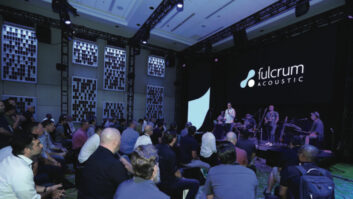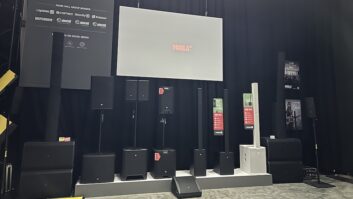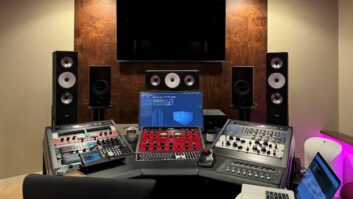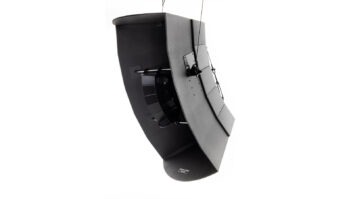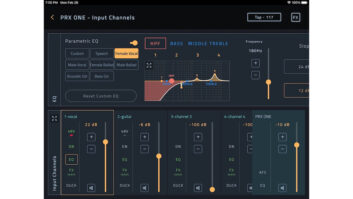There’s an old saying in the recording biz that “everything’s a demo until it’s released.” Demos range from a quick sketchpad of a tune made simply to get an idea down before it’s forgotten to elaborate productions for use in pitching songs in the competitive songwriter/publishing market. Of course there’s also the all-important band demo used for bookings or to get the labels’ attention. As the ability to hear a great song from listening to a simple guitar/vocal or piano/vocal recording becomes a lost art, the need for a clean, well-produced demo is essential.
Back in the old days, demos were demos. Based on the quality of low-cost equipment 20 years ago, the typical 4-track demo really sounded “demo.” These days, just about anyone with some cash to spare has access to gear that is capable of doing major label — quality work. To be sure, achieving this still takes talent, creativity and some actual knowledge of audio basics, such as signal flow and gain structure, but it is possible.
However, with the availability of huge numbers of tracks and virtual instruments comes the danger of overproduction, particularly with artist/engineer/producer projects. Certainly, there is the argument that “nobody knows my music better than me,” but there is no substitute for an experienced producer who can take an unbiased listen to a tune and tell the artist that the 96-bar solo meanders or is perhaps a tad too long.
The “wall of sound” technique is occasionally the right approach, but more often than not, recordings have a cleaner, more polished sound if each instrument is given some “space” in the mix. Too often, musical arranging is thought of as referring mostly to orchestral, big band or string ensembles, but arranging is equally important in any performance/recording project. Think about each track and how it fits into the musical spectrum.
One common fault in demos and/or rough mixes is too many midrange tones; i.e., a preponderance of instruments playing chords/pads at the same time can smother the vocals. This can also apply to percussion, where a light touch can be amazing and too much can be busy. And avoid the studio novice pitfall: an unwillingness to delete tracks that conflict with other elements because they took hours to create.
Today, even with every conceivable signal processing effect available, channel muting (either automated or manual) is still one of the most powerful tools available to the engineer. Besides cleaning up tracks by silencing amp buzz when guitar parts aren’t playing or turning off open mics when the toms aren’t being struck, muting opens a world of possibilities. Recording a doubled vocal part will fatten up a voice track, but can sometimes sound too smooth, taking away from the power of a vocal. However, this might just work on the song’s chorus, and a quick tap on a Mute button will tell all.
Whether on a demo or big-time recording, a little pre-production is a must, although some spontaneous experimentation with different parts/sounds/techniques during the process can really pay off. If something works, fine, but keep that Mute button handy. When mixing, sometimes less is more.


